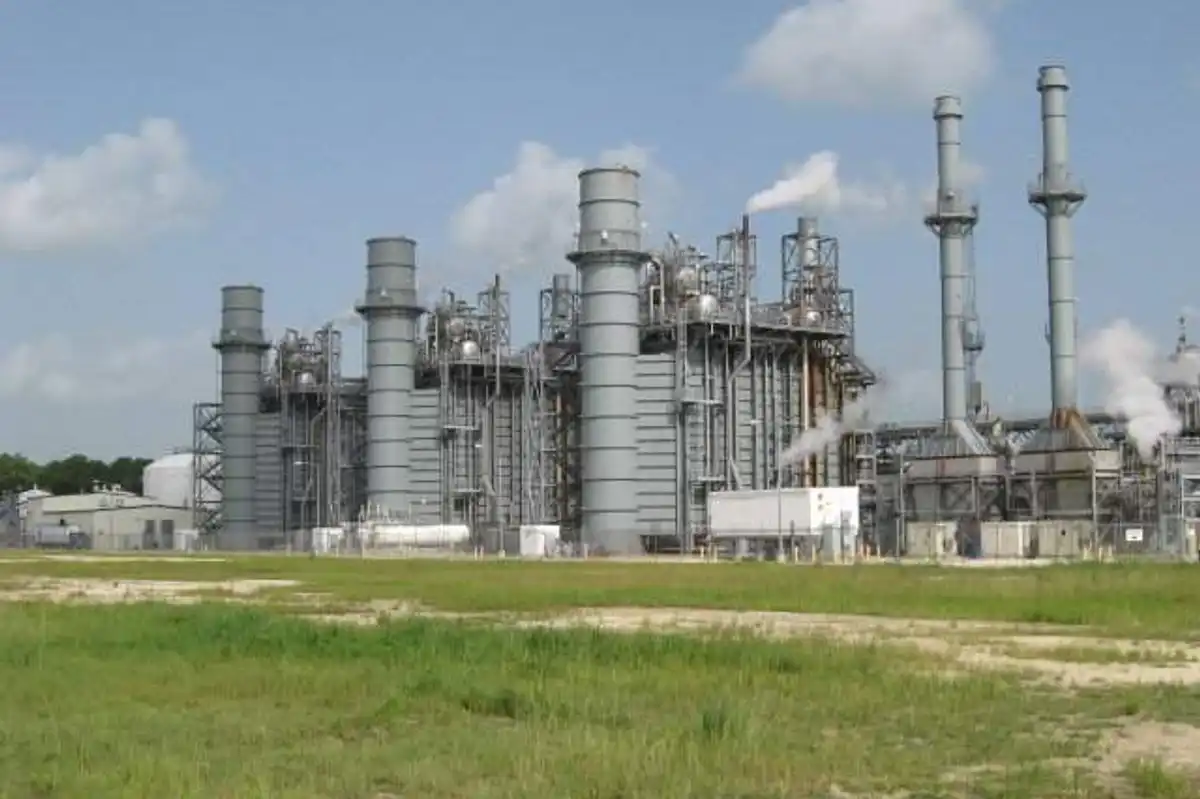A global energy corporation has a new solar farm online and operating just outside of Houston.
TotalEnergies (NYSE: TTE) has started commercial operations of its new solar farm, Myrtle Solar, just south of Houston. The farm has a capacity of 380 megawatts peak of solar production and 225 MWh of co-located batteries. Spread across the space — which is about the size of 1,800 football fields — are 705,000 solar panels producing enough electricity to power 70,000 homes.
Seventy percent of the power generated will be sourced for TotalEnergies' industrial plants in the U.S. Gulf Coast region, and the remaining 30 percent will be used by Kilroy Realty, a publicly traded real estate company, per a 15-year corporate power purchase agreement.
“We are very proud to start up Myrtle, TotalEnergies’ largest-to-date operated utility-scale solar farm with storage in the United States. This startup is another milestone in achieving our goal to build an integrated and profitable position in Texas, where ERCOT is the main electrical grid operator," Vincent Stoquart, senior vice president of renewables at TotalEnergies, says in the release. "Besides, the project will enable the Company to cover the power needs of some of its biggest U.S. industrial sites with electricity from a renewable source."
The farm is part of the company’s Go Green Project that is hoping to enable the company to cover its power needs by 2025, as well as curtail the Scope 1+2 emissions of its industrial sites in the Gulf Coast area, including Port Arthur and La Porte in Texas and Carville, Louisiana.
“Given the advantages that IRA tax exemptions are generating, we will continue to actively develop our 25 GW portfolio of projects in operation or development in the United States, to contribute to the Company’s global power generation target of more than 100 TWh by 2030,” Stoquart continues.
Myrtle Solar is also equipped with 114 high-tech Energy Storage Systems with a total capacity of 225 MWh. The technology was provided by TotalEnergies' affiliate Saft.











